
Some veterinary procedures, such as surgery and dentistry, need to be performed while your dog is anesthetized.
Most healthy dogs encounter no problems with anesthesia. However, like any medical procedure, anesthesia does have risks. These risks can run from minor problems, such as mild vomiting after recovery from anesthesia, to life-threatening problems such as cardiac arrest or stroke.
Anesthesia-related deaths are rare, though, and while complications can occur, the veterinary team will take all of the necessary precautions to ensure that your dog is safe and can handle anesthesia. In an emergency, life-threatening situation, the risks of anesthesia are usually minimal compared to the risks of not performing the emergency procedure.
Prior to receiving anesthesia, your veterinarian will perform a thorough physical exam on your pet, review your pet’s medical history and discuss any risk factors. Your veterinarian may also perform blood tests on your pet to check for any indications of a developing medical problem or anesthetic risk. If you have any questions about your dog’s anesthetic risk, ask your veterinarian for an explanation.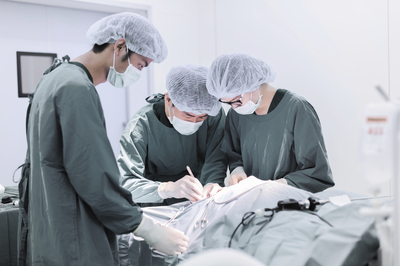
Before the veterinarian administers anesthesia, your dog will likely be given a pre-anesthetic sedative to reduce his or her stress and ease the process. An intravenous catheter is usually placed to allow administration of fluids and medications. The anesthetic may be delivered by gas inhalation, intravenous infusion, or both.
While under anesthesia, your dog will receive monitoring and care comparable to what you’d receive if you underwent anesthesia. This may include intravenous fluids and/or medications to support your pet’s circulation and blood pressure; an endotracheal tube inserted into your dog’s trachea (windpipe) to deliver the anesthetic gas and provide oxygen to his lungs; pulse oximetry to measure the oxygenation of your pet’s blood; blood pressure monitoring; temperature monitoring and warming blankets to prevent hypothermia (low body temperature); and electrocardiography (ECG, also called EKG) to monitor your dog’s heart.
Once the procedure is done, your dog will likely be placed in a quiet, semi-dark cage or kennel to recover. Pets are closely monitored during this time to make sure that they are recovering normally and that care is provided quickly if there are any problems. Pads and blankets are used to keep your dog warm during the recovery, but it’s not uncommon to see a dog shivering while they recover from anesthesia; however, this doesn’t necessarily mean your dog is cold. Some dogs may also vocalize (whine or bark) during recovery. The endotracheal tube is removed when your dog is awake enough to swallow normally. Fluids and/or medications may be continued through recovery, depending on your dog’s condition.
Depending on the procedure and your dog’s condition, he may be sent home later in the day or he may need to remain in the hospital.
 Can Dogs Eat Watermelon?
Everybody loves watermelon, even
Can Dogs Eat Watermelon?
Everybody loves watermelon, even
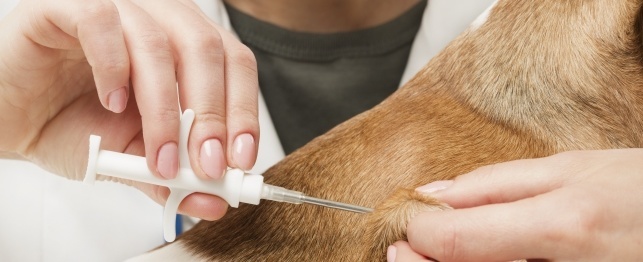 Methods of Identification in Dogs
Methods of Identification in Dogs
Methods of Identification in Dogs
Methods of Identification in Dogs
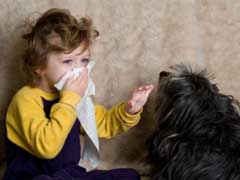 Dog Bad Breath Causes and Remedies
The Ca
Dog Bad Breath Causes and Remedies
The Ca
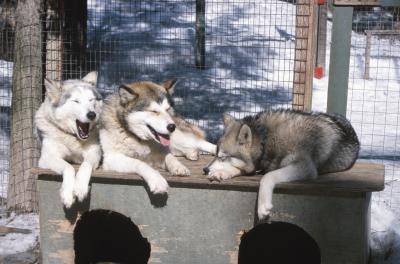 How to Keep Outside Dog Houses Warm
How to Keep Outside Dog Houses Warm
Ho
How to Keep Outside Dog Houses Warm
How to Keep Outside Dog Houses Warm
Ho
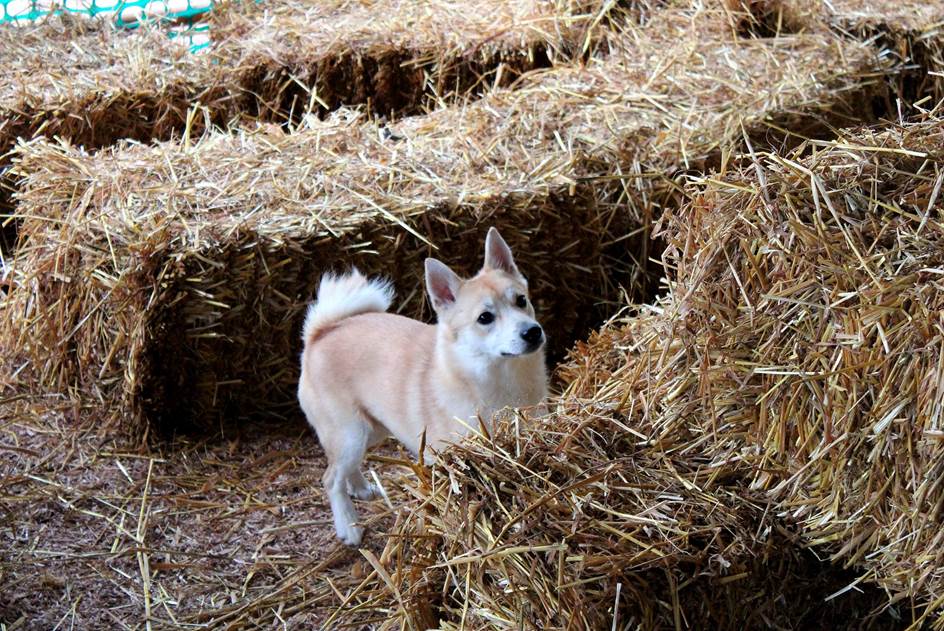 AKC Program Gives Breeders the Opportunity to Keep Learning
For more than 30 years, Mike Woodson has bred pure-bred dogs
AKC Program Gives Breeders the Opportunity to Keep Learning
For more than 30 years, Mike Woodson has bred pure-bred dogs
Copyright © 2005-2016 Pet Information All Rights Reserved
Contact us: www162date@outlook.com